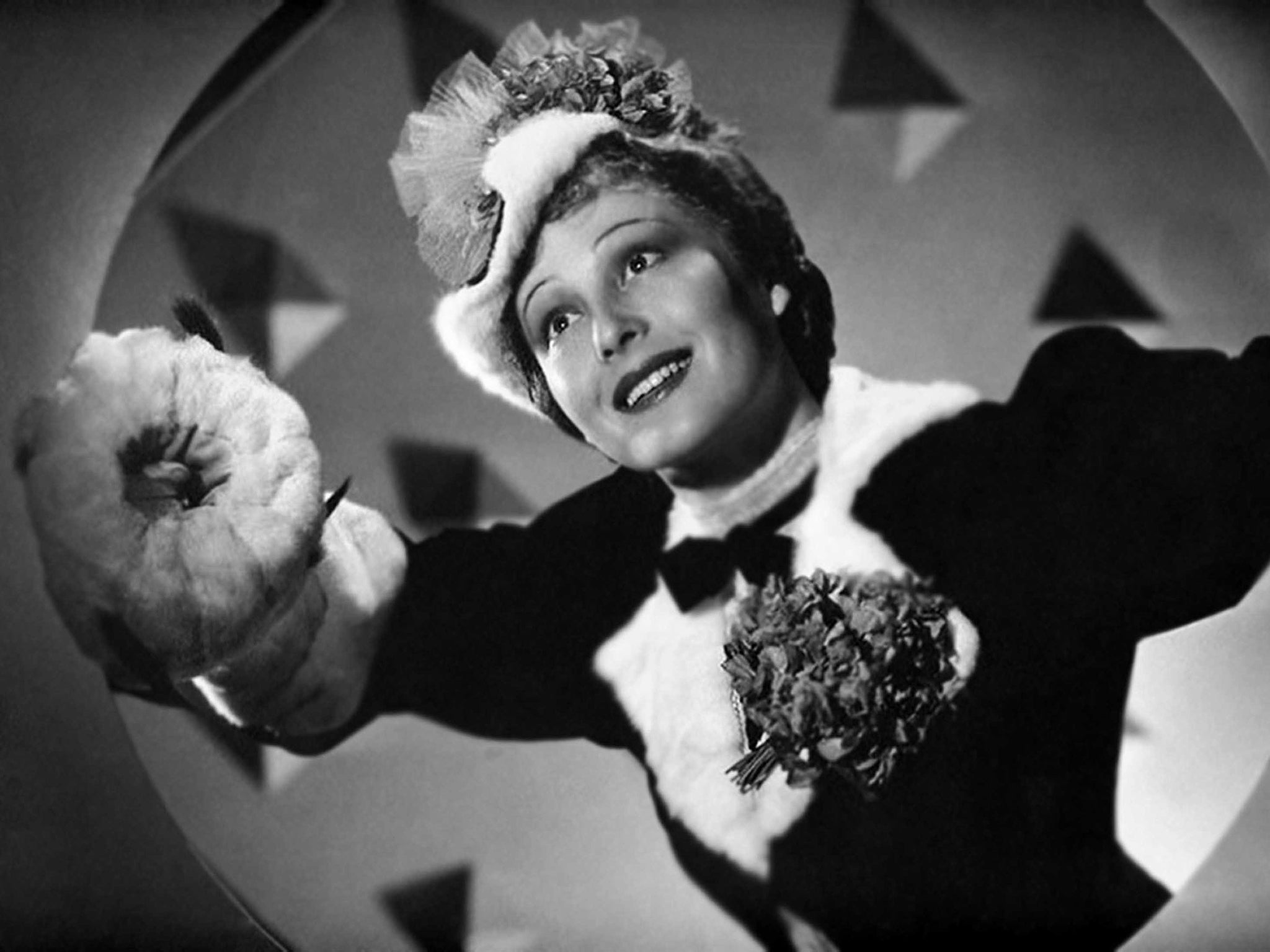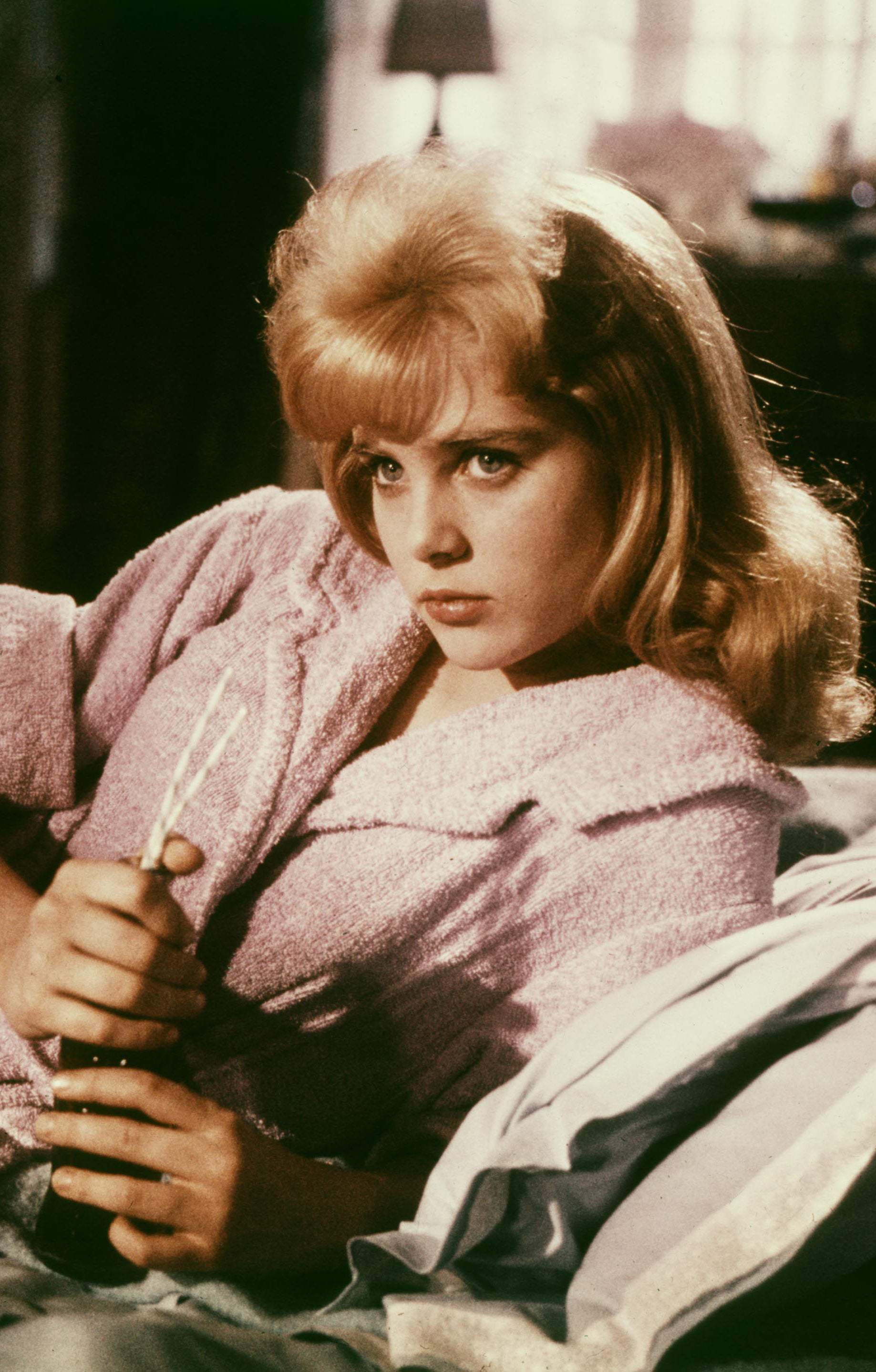Chris Hemsworth wouldn’t be the first A-lister to embrace early retirement
As rumours swirl that the Thor star will be reducing his workload after being told he has a genetic predisposition to Alzheimer’s, Geoffrey Macnab salutes the long history of stars who downed tools relatively early

It’s as if Thor is throwing away his hammer. Avengers star Chris Hemsworth’s apparent decision to step away from Hollywood acting roles will surely have startled fans. His persona on screen is all about youth, vitality and indestructibility. He’s a Marvel superhero, after all. Even when not on Avengers duty, he plays dashing heroes, for example the womanising, champagne-quaffing Formula One driver James Hunt in Rush (2013) or the rugged whaler in period nautical saga In the Heart of the Sea (2015).
However, as Hemsworth recently told Vanity Fair, his genetic make-up puts him at high risk of Alzheimer’s disease in later life, and he is looking to cut down on work commitments. He still has various projects on the boil, including another Avengers sequel and a Hulk Hogan biopic, but celebrity gossip sites are already feverishly speculating that the 39-year-old’s blockbuster-making days are numbered.
Hemsworth is at the peak of his career, and now he may walk away. If he does indeed retire, the Australian, who first made his name in soap opera Home and Away, will be following in a long tradition of stars going out at the top. From Greta Garbo in the early 1940s to Daniel Day-Lewis six years ago after Phantom Thread (2017), many other equally prominent movie actors have turned their backs on the screen. There have also been many different motivations for stars to end their stints in front of the camera. Sometimes it’s a fear of ageing on screen, or boredom, or family commitments, or illness, or a renewed desire for privacy. Sometimes they’re driven out because producers will no longer hire them and fans turn against them. Sometimes, as in the case of Grace Kelly, they marry into European royalty and go to live in Monaco.
Sometimes, they want to reinvent themselves as artists or authors. In the latter part of his career, Tony Curtis took up painting – and in interviews gave every impression that he was far prouder of his Matisse-like pictures of red and blue flower pots than of starring in Some Like It Hot (1959) and The Boston Strangler (1968). When asked why he gave up acting to paint and write instead, Gene Wilder explained that he “[didn’t] like show business ... I like the show, but I don’t like the business.”
At other times, it’s the drudgery and hard work that makes movie stars down tools. “It’s so intense to work at that level and be that public and put yourself out there,” Cameron Diaz, the much-loved star of The Mask (1994), There’s Something About Mary (1998) and The Holiday (2006), grumbled after she quit film acting. Last year she made a comeback after eight years, and allegedly came to wish that she hadn’t. Diaz is currently shooting an action comedy for Netflix alongside Jamie Foxx – called, appropriately, Back in Action – but a source “close to the star” recently told the Daily Mail that she still “hates the drama and confrontation” on movie sets and wants to get back to her family as soon as possible.
Rick Moranis, one of the most recognisable movie comedy faces of the Eighties, understandably disappeared from screens after the death of his wife: he had two young children to bring up. “I took a break which turned into a longer break,” the Ghostbusters and Honey I Shrunk the Kids star told The Hollywood Reporter in a 2015 interview.
“I couldn’t stand it any more,” was the far blunter explanation given by Luise Rainer, star of The Great Ziegfeld (1936) and The Good Earth (1937) and a two-time Best Actress Oscar winner, when asked towards the end of her life why she had left Hollywood more than 70 years before. By then, she was living in west London, a tiny, elfin but very elegant and still imperious woman. Her old tormentor, MGM boss Louis B Mayer, had refused to give her any worthwhile parts. “She arrived in the movie capital in 1935, picked up her two awards in consecutive years, 1936 and 1937, and swiftly departed,” film historian David Shipman once said of her movie career. Her New York Times obituary, published in 2014, went further: “Beyond unhappiness with her work, Ms Rainer came to regard Hollywood itself as dysfunctional – intellectually shallow, absurdly materialistic and politically naïve.”

An equally short-lived film career was that of the precious young British star Nova Pilbeam, who gave memorable performances in two early Alfred Hitchcock films, first as the kidnapped child in The Man Who Knew Too Much (1934) and then as the young ingenue in Young and Innocent (1937). But then the lady vanished. “By the time she married the BBC radio journalist Alexander Whyte, in 1950, Pilbeam had lost interest in acting, and she became a housewife,” The Guardian wrote as it attempted, not very satisfactorily, to explain why she had disappeared from screens after the Second World War, as if the lure of pots and pans was too much to ignore.
Sue Lyon was another once very familiar face who left the film business abruptly. While still a teenager, she won a Golden Globe for her performance as the nymphet in Stanley Kubrick’s Nabokov adaptation, Lolita (1962). She remained active until 1980, when she appeared in her final film Alligator, and then stopped making movies. A complicated private life encompassing several marriages (including one to a man imprisoned for murder and armed robbery) didn’t help her to get auditions. The New York Times reported that she had ended up working as a cocktail waitress instead.
“I realised I didn’t matter any more,” Greta Garbo (1905-1990) mournfully concluded in the late 1940s after she had briefly contemplated a comeback. Her final studio movie, Two-Faced Woman (1942), hadn’t been a success, although the other 23 films she had made for MGM had turned her into one of the most recognisable and best-paid women in the world. In 1949, she made a screen test for producer Walter Wanger, for a planned adaptation of Balzac’s novel La Duchesse de Langeais, to be directed by Max Ophuls. By then, she was in her forties. She looked as striking and lustrous as ever, but the financing didn’t come together. Garbo’s famous line in 1932’s Grand Hotel seemed to become a motto for the remainder of her life: “I want to be alone... I just want to be alone.” She ended up living in seclusion in Manhattan, occasionally venturing out to shop or to visit auction houses.

Child stars often give up on the business, too. As they hit adolescence and early adulthood, they experience the grim realisation that their dimple-chinned, juvenile charm can only get them so far. Shirley Temple retired from the screen at the ripe old age of 22. By then, her best years as a movie star were a very long way behind her. She had won an Oscar at the age of six and had been a millionaire by the time she was a teenager. She knew that nothing she could do as a grown-up would come close to her achievements as Hollywood’s greatest child star of the 1930s. Temple therefore reinvented herself as a diplomat, later serving as US ambassador to Ghana and Czechoslovakia.
Other former Hollywood luminaries have found far less exalted second careers after leaving the movie business. Louise Brooks, star of GW Pabst’s silent movie classic Pandora’s Box (1928), worked for two years as a sales assistant in Saks department store on Fifth Avenue in New York, earning a reported $40 a week. “I had this silly idea of proving myself ‘an honest woman’,” Brooks later told the British journalist Kenneth Tynan. “But the only effect it had was to disgust all my famous New York friends, who cut me off for ever.”
The gorgeous Irish star Constance Smith, who had been under contract both at the Rank Organisation and at 20th Century Fox, endured an even rockier post-Hollywood career. After her acting work stopped, she found a job as a cleaner in a psychiatric hospital. The patients there recognised her from one of her old movies that was showing on television. She died on her own and in anonymity in north London in June 2003, and was cremated in Islington Crematorium.
As for Hemsworth, stories about his retirement may very well be premature. He confirmed last year that he is “genetically predisposed” to develop Alzheimer’s, but that doesn’t mean it’s a sure thing. As for “slowing down” after 15 years of making wham-bang action movies, he deserves a rest anyway. It might be a good moment for him to explore taking on more character roles, like the part he played as the computer hacker in Michael Mann’s action thriller Blackhat (2015). Male Hollywood stars tend to demonstrate Duracell-like levels of battery life. They keep going and going. It’s debatable, though, whether there is much dignity in 70-year-old men leaping around as if they’re still 30. Very few are able to exit Hollywood at a time of their own choosing. From that point of view, Hemsworth can actually be regarded as lucky for a celebrated movie star – at least he’s calling his own shots.
Join our commenting forum
Join thought-provoking conversations, follow other Independent readers and see their replies
Comments


Bookmark popover
Removed from bookmarks